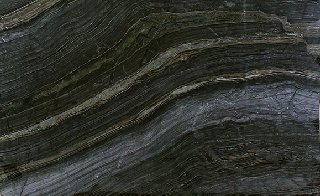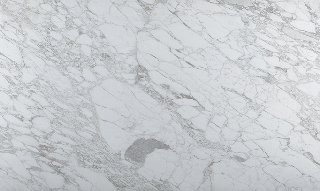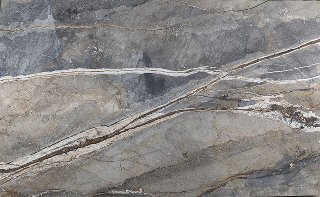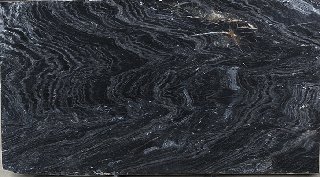Marbles
Marble is crystalized limestone, which under high temperature and intense pressure leads to the formation of large crystals that bind together to create marble. The intense heat destroys most of the impurities and large sections of white marble with different patterns of veins are left behind. The whiteness and vein structure changes from the location of the stone, making every slab of Italian marble, unique and exotic in the world.
ITALIAN
About luxurious Italian Marble
- IT IS HIGHLY LUSTROUS
Italian marble is famous and coveted for its subtle veins and a lustrous sheen. You will find its pearly white surface naturally luminescent. This is a characteristic easily visible in 100% authentic Italian marble like Carrara, Botticino and Bianco Lasa.
- COLOURS VARIANTS
Italian marble is available in white, grey, blue-grey, rose colours. You will also findearthy dark and black Italian marble, cream Italian marble
- ORIGIN
You will find some of the whitest and flawless marble in Italy and Italy alone. Italian marble is unmatched in the natural stone world when it comes to its durability, purity and beauty and the place of origin like Carrara and Lasa play a significant role.
- APPLICATION
Artificial tiles and natural stone cannot be compared especially when it is a luxurious Italian marble.Italian marble is recommended for high-end floors of living room, foyer, staircases, tabletops for a timeless look. Not so much in kitchens, as it is very soft and can easily stain.
- VARIETY
Italian marble is available in a wide range of colours and vein patterns. To a layperson, the sheer variety of choices can be quiet overwhelming. It is of utmost importance that you make the right choice.
- LAYING
The installation of Italian marble for flooring, cladding or counters requires skilled craftsmen as it is a process that demands finesse. A DIY won’t be recommended as it requires proper knowledge, trained craftsmanship and high quality adhesive and tools.
- STRENGTH AND DURABILITY
Marble is formed over centuries under extreme heat and pressure in the depths of the Earth, making it highly durable. Strength is also one of the most important factors for wall cladding, making a luxurious Italian marble an excellent choice.
- EASY MAINTENANCE
Along with durability, Italian marble also offers scratch, abrasion, water and stain resistance.
TURKISH











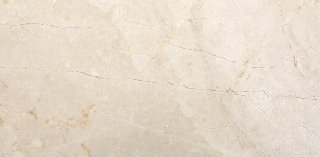
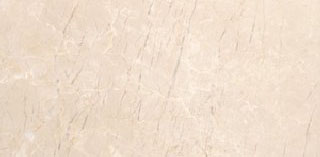
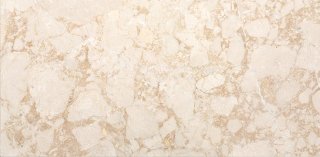
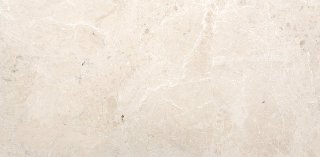
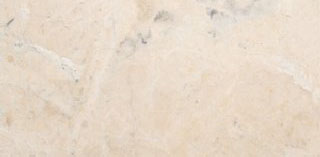

Turkish Marble is a metamorphic rock composed of recrystallized carbonate minerals, most commonly calcite or dolomite. Marble may be foliated. Geologists use the term “marble” to refer to metamorphosed limestone; however, stonemasons use the term more broadly to encompass unmetamorphosed limestone.Marble is commonly used for sculpture and as a building material. Turkey is globally recognized with its marble production, but it actually has abundant natural deposits of many different minerals, rocks and stones as well. Apart from the quantity of the reserves in Turkey, their qualities are also remarkable. Here, general information about stones in Turkey will be presented and we will have a closer look at the main ones, which are marble, travertine, onyx, conglomerate, breccia and granite.
Natural stone industry in Turkey mainly consists of producing marble, granite, limestone, travertine, serpentine, diabase and slate stone. In 1996, the General Directorate of Mineral Research and Exploration of Turkey, (known as Maden Tetkik ve Arama Genel Mudurlugu, MTA) calculated the natural stone sources for the first time as 5x10.9 cubic meters. Since then, there has been a constant growth of the natural stone industry in Turkey every year. Annual growth rate on average has been twice as that of the whole world. Following China, India and Italy, Turkey is the fourth country in the world in terms of the broadest natural stone production.
Natural stone reserves in Turkey are spread over the country. 32 % of the reserves are in the Aegean Region, 26 % in Marmara, 11 % in the Central Anatolia and 31 % of the reserves are in the rest of the country, namely Eastern and Southeastern Anatolia, the Black Sea Region and the Mediterranean Region.
Furthermore, Turkey is one of the most notable countries in the whole world in terms of marble, travertine and granite. The overall reserve of marble is estimated as 13.9 billion tons (nearly 5.1 billion cubic meters). According to the data MTA reports, Turkey potentially has 5 billion cubic meters of marble. It is known that almost 35 % of the marble reserves in the world are located in Turkey. With the current demand for marble, Turkey has enough reserves to supply marble for the whole world for the next 80 years. According to the studies, the capacity of marble that can be processed in Turkey is 3.8 billion m3. For travertine, it is 2.7 billion m3 and the capacity for granite it is 995 million m3.
In Turkey, there are approximately 1000 functioning querries and more than 7000 workshops and 1500 factories processing the stone. Moreover, approximately 250.000 employees are working in the sector. 90 % of the quarries are in the regions of Aegean and Marmara: 27 % in Balikesir, 24 % in Afyon, 12 % in Bilecik, 8 % in Denizli, 6% in Mugla and 4 % in Eskisehir. The production in these areas represent 65 % of the whole production in the country. In Afyon, there are 355 facilities processing marble and 45 of them are highly integrated large-scale plants. Yearly production in Afyon is estimated to be 6.6 million m². 14 % of the marble export of the country is done by the companies in Afyon.
Sources and Production
Most of the quarries namely % 90 of them are situated in the western part of the country that is known as the Aegean and Marmara Regions. More than 500 types of products are manufactured by the companies throughout the country.
Marble reserves in Turkey are spread over the country, but they are mostly concentrated in the cities of Afyon, Balikesir, Denizli, Tokat, Mugla and Canakkale. At the southeast of Istanbul, there are more than 680 million metric tons of marble which is known as Golpazari Beige and it is the largest supply of its kind in Turkey. Likewise, at southwest of Istanbul, there are more than 190 million metric tons of white marble with the name of Mustafa Kemalpasa. The sources of genuine marble are: the Marmara Region, Iscehisar in Afyon, Sivrihisar in Eskisehir; Harmantepe, Dokurcun and Akyazı in Sakarya, Hamursuztasi in Mugla; Aksihar, Yalova, Goksun in Kahramanmaras, Kazdagi in Edremit, Temirli in Kirsehir; Arac, Tosya and Catalzeytin in Kastamonu.
Turkish Travertine
With more than 650 million metric tons, the broadest reserves of different travertine types are located in Denizli in southwest of Turkey. Other sources of travertine in Turkey are: Antalya, Bursa, Malikoy - Haymana in Ankara, Eskipazar in Cankiri, Sicak Cermik in Sivas, Adana, Antakya, Reyhaniye, Nigde (especially boron).
Onyx
The sources of onyx in Turkey are: Sogut in Bilecik, Mudurnu in Bolu, Avanos - Avci – Terme in Kirsehir, Akhisar in Manisa, Cermik in Sivas and Cubuk in Ankara.
Conglomerate and Breccia
The sources of conglomerates and breccias in Turkey are: Gulumbe and Sogut in Bilecik, Orhaneli in Bursa, Harmantepe-Dokurcun in Sakarya (with color of grey), Kutluca in Gebze Istanbul (with color of beige), Haymana in Ankara (with color of beige), Iskenderun (with color of black), Bozkir in Konya (with colors of brown and red), Toros in Adana (with color of beige).
Granite
Granite reserves are in Ordu, Rize, Trabzon, Kirklareli, Kirsehir, Bolu, Izmit, Canakkale and Izmir. The sources of other magma based stones such as diabase, serpentine, basalt, crystalline schist and gyans in Turkey are Kapidag in Balikesir, Armutlu in Bursa, Sivrihisar in Eskisehir, Gumushane, Zambakkaya (especially diabase) in Gemlik and Kurselik-Abbaslik (especially serpentine) in Bilecik.
Production
Thanks to the current production technology, methods, craftsmanship and ease of transportation, Turkey is one of the leading countries in natural stone industry. Since the quality of the stone is of great importance, advanced technology with entirely automated machinery is utilized during the manufacturing process. That is why the plants processing the stones are able to create the desired product with commercially high standards of quality. Even though the companies in the Turkish natural stone market are moderate in their size, they are standardized and well organized through associations and unions.


